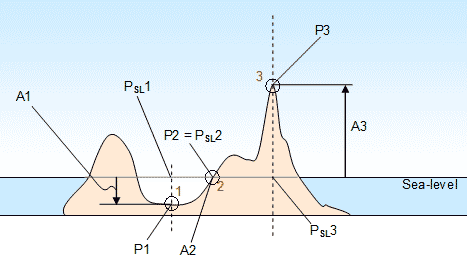For Goodwill’s Disabled Workers, Spotlight is on Subminimum Wage
November 12, 2013

Thanks to a 75-year-old loophole, nonprofits like Goodwill can pay workers with disabilities as little as 22 cents an hour. (Photo: Wikimedia Commons/Dwight Burdette)
Advocates for the rights of workers with disabilities are ramping up their campaign to change the federal law that allows disabled employees to be paid as little as 22 cents an hour. As part of a bid to raise awareness, they are shaming companies like Goodwill Industries Inc. for taking advantage of those low pay rates.
On October 31, petitions with some 170,000 signatures demanding policy changes at Goodwill were delivered to the company’s Rockville, Maryland, headquarters and to five regional offices in New York, California, Texas, Washington state and Rhode Island, says Ari Ne’eman of the Autistic Self Advocacy Network (ASAN). The signatures were collected through a Change.org online campaign in conjunction with the National Federation of the Blind (NFB) and ASAN.
ASAN and NFB want changes to the 1938 Fair Labor Standards Act (FLSA) that allows select employers, including Goodwill, to pay people with disabilities at wage rates far below the federal minimum wage of $7.25 an hour. The groups have documented cases of individual workers with disabilities at Goodwill receiving the minimum of 22 cents an hour, Ne’eman says, and ASAN believes that such pay levels are unfair and abusive.
Efforts in Washington, DC, to change the law are currently stalled, reports Ne’eman, and “we are unlikely to see any progress in this Congress,” which continues through the end of 2014. “There doesn’t seem to be any appetite on the part of the traditional supporters [of rights for the disabled] to go after FLSA at this time,” he says. “But we are intent on keeping up the pressure and making advances where we can.”
Working In These Times reported last year on the NFB consumer boycott of Goodwill that intended to draw attention to Goodwill’s labor practices and the campaign to change the law. At that time, NFB said Goodwill was a boycott target not only because it paid some workers inadequately, but because it lobbied Congress heavily to keep the subminimum wage law in place.
Working In These Times reported last year on the NFB consumer boycott of Goodwill that intended to draw attention to Goodwill’s labor practices and the campaign to change the law. At that time, NFB said Goodwill was a boycott target not only because it paid some workers inadequately, but because it lobbied Congress heavily to keep the subminimum wage law in place.
Goodwill Industries spokesperson Brad Turner-Little tells Working In These Times that the NFB boycott had had no discernible impact on the company’s retail outlets. “We’ve actually experienced growth in retail sales,” he says.
NFB spokesperson Chris Danielsen does not dispute this; he says his organization is making no effort to track the results of the boycott and had no information on its impact. “We are still encouraging people to boycott, but sadly nothing has changed. There hasn’t been any change that I know of in Goodwill’s own operations or in its lobbying efforts to keep the subminimum wage,” he says.
Goodwill’s Turner-Little confirms that the company has made no changes in practices or policies as a result of the wage protests. “The issue is a policy difference” between Goodwill and some advocates for the disabled, not one of fairness to workers, Turner-Little contends. Goodwill supports the subminimum wage because it allows some disabled persons to be employed who otherwise would have no practical job opportunities, he says. Goodwill continues to maintain its longstanding policy of allowing regional affiliates to set their own work compensation policies, he says, and there are currently 64 affiliates out of a total 165 that are authorized to pay the subminimum wage.
Danielsen says: “Sadly, I think that just too many people accept Goodwill’s argument. Societal change is needed to change this notion that disabled people are not productive. It’s just not true.”
With no congressional action imminent, ASAN is also turning some of its attention elsewhere, Ne’eman reports. He cited a recent settlement between the US Department of Justice and state agencies in Rhode Island as an example of other means through which the labor rights of disabled workers can be advanced.
The DOJ found that Rhode Island and the city of Providence had violated the Americans with Disabilities Act (ADA) by unnecessarily segregating workers with disabilities in publicly-funded jobs programs that paid “an average hourly wage of $1.57 per hour, with one individual making as little as 14 cents per hour.” Under the settlement, the state and city agreed to transition the workers to integrated job settings where they would earn competitive wages for at least 20 hours a week. The Rhode Island settlement is a “landmark case,” says Ne’eman, because for the first time it employs the provisions of the ADA to expand the workplace rights of the disabled.
Ne’eman says the Justice Department is also “going after other employers” for unfair treatment of disabled workers. “This is a very positive development and we are seeing growing pressure on state governments to move away from using the subminimum wage,” in state-sponsored employment programs for disabled workers, he says.
Meanwhile, Danielsen says, the NFB intends to keep agitating on the issue until greater public awareness creates a shift in Congress.






